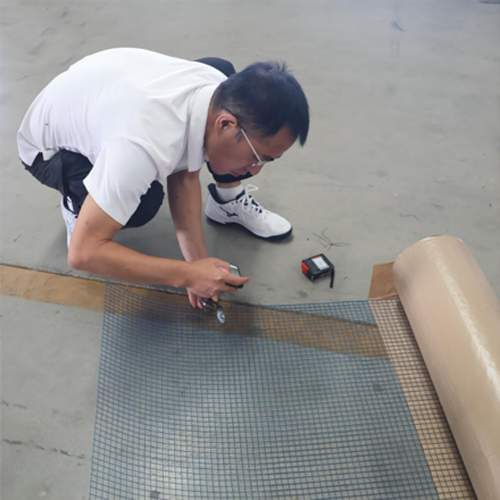Exploring the Benefits and Applications of Netting Fencing in Agriculture and Construction
The Importance of Netting Fences in Modern Agriculture
In recent years, the agriculture industry has faced numerous challenges, ranging from climate change to pest infestations. One often-overlooked solution that has emerged as a game-changer is the use of netting fences. These structures not only protect crops but also contribute to sustainable farming practices, benefiting both farmers and the environment.
What is a Netting Fence?
Netting fences are made of durable materials such as polyethylene or polyester, designed to create a barrier that prevents animals and pests from accessing crops. Unlike traditional fences, which may be more rigid and less adaptable, netting fences are flexible, lightweight, and easy to install. They can be tailored to fit different shapes and sizes of agricultural plots, making them an ideal solution for various farming scenarios.
Protecting Crops from Pests
One of the primary advantages of netting fences is their ability to protect crops from pests. Insects, birds, and small mammals can wreak havoc on a farmer's yield, leading to significant financial losses. Netting fences act as a physical barrier, keeping these pests away from vulnerable plants. By minimizing pest damage, farmers can reduce their reliance on chemical pesticides, leading to healthier produce and a more sustainable farming process.
Enhancing Biodiversity
netting fence

Netting fences also play a crucial role in fostering biodiversity within agricultural ecosystems. When these barriers are employed, they allow for the coexistence of crops and beneficial wildlife. For instance, while netting fences keep out harmful species, they can also permit the entry of helpful insects such as pollinators and natural pest predators. This balance helps create a more resilient agricultural system, capable of withstanding environmental stresses.
Supporting Climate Resilience
With climate change creating unpredictable weather patterns, farmers must adapt to ensure the sustainability of their crops. Netting fences can help mitigate the impact of extreme weather events, such as heavy rainfall or strong winds. By providing a protective barrier, they shield crops from harsh elements and prevent soil erosion, which is crucial for maintaining soil health. Additionally, netting can aid in controlling microclimates within the agricultural field, providing optimal growth conditions for plants.
Cost-Effectiveness
Many farmers are often deterred by the initial costs associated with establishing protective barriers. However, netting fences are a cost-effective option compared to traditional fencing or chemical solutions. They require minimal maintenance and can last several years when properly installed. Moreover, by preventing crop loss and reducing pesticide use, farmers can recoup their investment quickly. This not only benefits individual farmers but also contributes to the overall stability of the agricultural economy.
Conclusion
In conclusion, netting fences represent an innovative approach to tackling some of the most pressing issues in modern agriculture. Their ability to protect crops from pests, enhance biodiversity, support climate resilience, and provide cost-effective solutions makes them an invaluable asset for farmers. As we move towards a more sustainable future, incorporating such practices will be essential in ensuring food security while preserving our environment. Adopting netting fences is not just a wise choice for individual farmers; it is a step towards creating a healthier planet for future generations.
-
Space-Saving Chain Fence Hacks Vertical Gardening with Cyclone MeshNewsJul.16,2025
-
Innovations in Iron Nail Wire Production for Modern ConstructionNewsJul.16,2025
-
Creative Uses of Wire Netting Fence in Modern Landscape DesignNewsJul.16,2025
-
Barbed Wire Fence Innovations in Anti-Climb TechnologyNewsJul.16,2025
-
Architectural Uses of Umbrella Nails for Aesthetic Roof DesignsNewsJul.16,2025
-
Architectural Uses of Razor Barbed Wire in Secure Urban DesignNewsJul.16,2025




